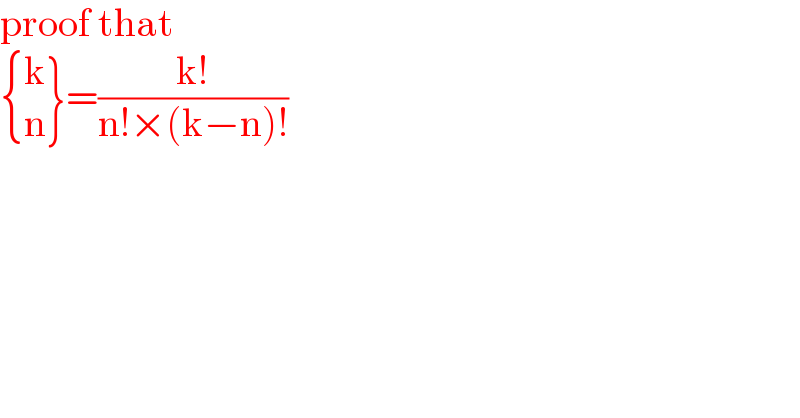
Question and Answers Forum
Question Number 134270 by abdurehime last updated on 01/Mar/21

Commented by mr W last updated on 02/Mar/21

Commented by mr W last updated on 02/Mar/21

| ||
Question and Answers Forum | ||
Question Number 134270 by abdurehime last updated on 01/Mar/21 | ||
 | ||
Commented by mr W last updated on 02/Mar/21 | ||
 | ||
Commented by mr W last updated on 02/Mar/21 | ||
 | ||